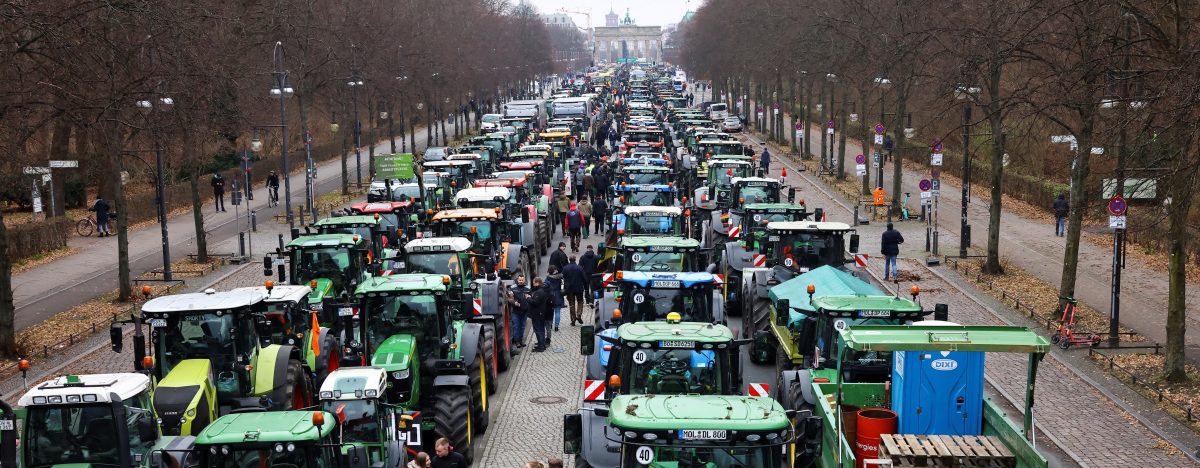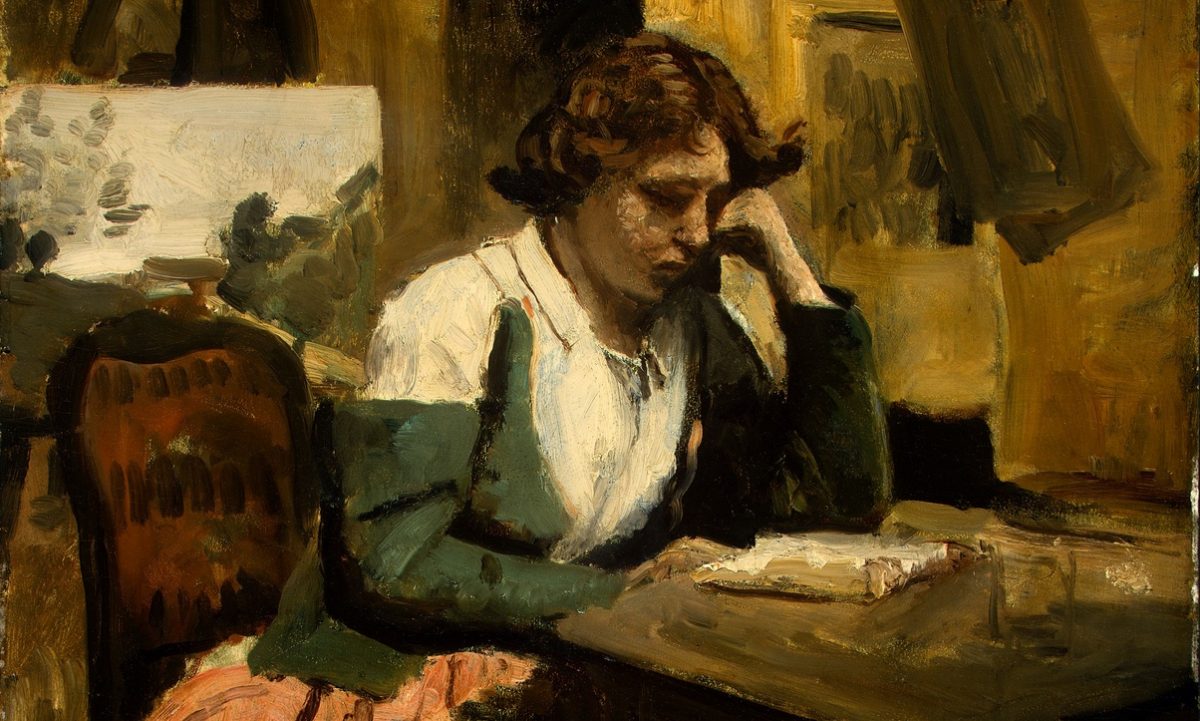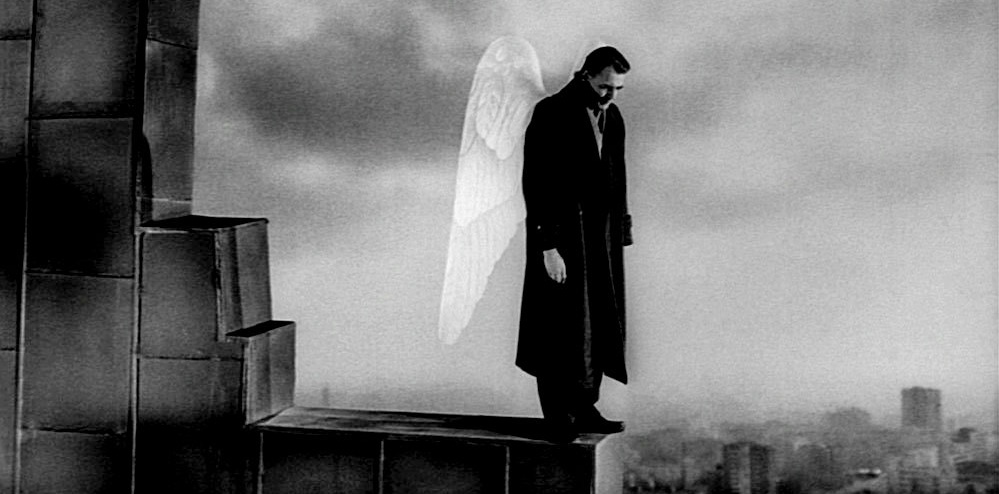In December 1973, a version of the Salvadoran poet Roque Dalton secretly returned to his homeland. A member of the Salvadoran Communist Party since the 1950s, he had recently broken with it to join the guerrilla People’s Revolutionary Army (ERP). He was well known to the country’s military dictatorship and had been jailed several times, so some subterfuge was needed to smuggle him back in. Before leaving Havana, where he had spent the previous six years, he adopted not only a new alias, but also a new face, getting his features altered (allegedly by the same surgeon who had worked on Che Guevara prior to his departure for Bolivia). The ruse worked well enough on the Salvadoran border guards, but within a little over a year Dalton had been betrayed by those who knew his true identity best: his own comrades in the ERP accused him of being a CIA agent and summarily executed him in May 1975.
Stories and Poems of a Class Struggle, reissued last year by Seven Stories Press, are the only writings Dalton produced during this clandestine period, in which poetry and armed struggle converged. It occupies a curious place in his oeuvre, both a tragic coda and a new departure. In a formal sense, the poems are by versions of Dalton: whether due to the needs of clandestinity or as creative choice, he adopted five heteronyms, trying out different poetic personae complete with fictional biographies and contrasting worldviews. Thematically, while these poems have much in common with his previous work, they are more closely focused on Salvadoran politics and on questions of revolutionary commitment. They constitute a kind of oblique testament to Dalton’s own journey from CP orthodoxy to his embrace of guerrilla warfare. They also dramatize a critical juncture in the life of the Latin American left, when the triumphal upswing inspired by the Cuban Revolution had given way to the leaden years of dictatorship and repression, and when for many, optimistic visions of social transformation had been forced to yield to the harsh practicalities of resistance.
Born in 1935, Dalton came to prominence in El Salvador at the turn of the 1960s, as part of the generación comprometida – the ‘committed generation’ of writers born in and around the 1930s who took up social and political themes in their work. On a trip to Chile in 1953, he met Pablo Neruda, whose work powerfully influenced the earthy lyricism of Dalton’s earlier verse. He also met Diego Rivera, who helpfully informed the eighteen-year-old Dalton that he was ‘still an idiot’ because he had not yet encountered Marxism. It soon became central to Dalton’s politics and poetics, and four years later, after returning from a trip to the USSR for the World Festival of Youth, he joined the Salvadoran Communist Party.
Active in the Party and in San Salvador’s literary circles while studying to be a lawyer, Dalton was arrested in 1959 and again in 1960 amid government crackdowns on student protests. A police report from the time labelled him ‘an extremely dangerous element for national tranquility’. Dalton himself thought the description exaggerated, but it galvanized him into deeper political commitment; as he later put it, ‘from that moment on, I dedicated myself to providing the judges with evidence against me.’ In 1961, he abandoned his studies and left for Mexico and then Cuba. Though he returned clandestinely to El Salvador in 1963, he was soon imprisoned again. He escaped the following year and was able to flee into exile once more, but the murky circumstances of his jailbreak later struck his ERP comrades as suspicious. In a tragic twist, the good fortune that enabled him to reach safety – first in Prague, from 1965–67, and then in Cuba till 1973 – contributed to his downfall.
Almost all of Dalton’s literary output was first published in Cuba, starting with his 1962 debut poetry collection, La ventana en el rostro (The Window in the Face). Over the next decade, a stream of books followed in quick succession. These included further poetry collections in which Neruda’s influence was joined by that of César Vallejo, and where political and historical themes gradually became more prominent; Taberna y otros lugares (Tavern and Other Places) won the prestigious Casa de las Américas prize in 1969. There were also two historical monographs on El Salvador and a book-length interview with veteran Salvadoran communist Miguel Mármol, whom Dalton had met in Prague. Titled after its eponymous subject, the book became one of the foundational works in the testimonio genre on its publication in 1972. It was also a pioneering attempt to recover the popular memory of the 1932 government massacre of peasants and leftists, a searing wound in Salvadoran history to this day known simply as La Matanza, ‘the Slaughter’. ‘All of us were born half dead in 1932’, Dalton later wrote in a poem titled ‘All of Us’, adding: that ‘To be Salvadoran is to be half dead / that thing that moves / is the half of life they left us with.’
Before departing from Cuba in 1973, Dalton put his literary affairs in order. Critic and novelist Horacio Castellanos Moya has meticulously analysed Dalton’s late correspondence and found him working hard to arrange the speedy publication of several more manuscripts, including an autobiographical novel, Pobrecito poeta que era yo (Poor Little Poet That I Was) and two works of poetry, Un libro levemente odioso (A Slightly Odious Book) and Un libro rojo para Lenin (A Red Book for Lenin). Though these only appeared posthumously – in some cases more than a decade after the author’s death – they are nonetheless works Dalton himself felt were complete, and consciously wanted to be part of his literary legacy.
Stories and Poems of a Class Struggle has a more ambivalent status. Written after the rest of his body of work, these poems feel like an experiment in process rather than a finished product. Mimeographed versions circulated in El Salvador at the time they were written, but the poems weren’t published until 1977, when comrades of Dalton’s who had left the ERP over his murder put them out under the title Poemas clandestinos (Clandestine Poems). In 1984, at the height of the US Central American solidarity movement, they were translated into English by the late California Beat poet and communist Jack Hirschman, and published alongside the Spanish originals. This dual edition is the text Seven Stories Press has reissued, with new prefaces by Salvadoran writers Jaime Barba, Tatiana Marroquín and Christopher Soto.
The heteronyms Dalton adopted in these fifty-seven poems certainly have different voices, but at the same time there are plenty of common themes and concerns. In that respect they are not like the famous heteronyms of Fernando Pessoa: rather than presenting parallel and distinct bodies of work, Dalton’s poetic personae converge around a shared political struggle, their different fictive backgrounds representing various sociological and ideological strands within El Salvador’s revolutionary movement. Two of the heteronyms supposedly studied law, like Dalton (Vilma Flores and Timoteo Lúe); two are sociologists by training (Juan Zapata and Luis Luna); and one is an activist in the Catholic worker movement (Jorge Cruz). All except Flores are men; all except Cruz are around ten years younger than Dalton – not so much alternate selves, perhaps, as personifications of younger comrades.
The Vilma Flores poems that open the collection in many ways set the tone, combining political militancy and a spare lyricism. ‘Don’t be mistaken’, a poem titled ‘On Our Poetic Moral’ begins: ‘we’re poets who write / from the clandestinity in which we live’, adding that ‘we confront the enemy directly’. The Flores poems also introduce a feminist perspective. ‘Towards a Better Love’ observes that, while ‘No one disputes that sex is a domestic condition’ or an economic one, ‘Where the hassles begin / is when a woman says / sex is a political condition’. (Kate Millet’s famous statement appears as the poem’s epigraph.) But this perspective remains at best underdeveloped, its implications rarely stretching beyond the recognition, for example, that the ‘the magic deodorant with a hint of lemon / and the soap that voluptuously caresses her skin / are made by the same manufacturer that makes napalm’.
Timoteo Lúe’s verses are more sentimental and sincere in their lyricism: ‘Like You’, for example, begins ‘Like you I / love love, life, the sweet smell / of things, the sky-blue / landscape of January days.’ Those by Jorge Cruz, meanwhile, are clearly intended to embody the strong Liberation Theology current within the Salvadoran revolutionary movement (though perhaps they also offer an implicit dialogue with Dalton’s younger Jesuit-educated self). In ‘Credo of Che’, Guevara merges with Christ in a confluence of religion and revolutionary politics: ‘they put a crown of thorns / and a madman’s smock on Christ Guevara / and amid jeers, hung a sign from his neck – / INRI: Instigator of the Natural Rebellion of the Impoverished.’
The poems by the last two heteronyms, Juan Zapata and Luis Luna, have much more of a satirical edge. The Zapata poems are mostly driven by a negative impulse to criticize the Salvadoran CP, and they come across as a barely veiled legitimation of Dalton’s break with the organization. But their mordancy makes for entertaining send-ups of the CP’s orthodox line. In ‘Parable Beginning with Revisionist Vulcanology’, Dalton’s heteronym in turn ventriloquizes a party apparatchik to declare that ‘The volcano of Izalco / as a volcano / was ultra-left’. Having previous spewed lava and ash, however, it had now learned its lesson and become ‘a fine civilized volcano’, a ‘volcano for executives’. Another poem titled ‘Ultraleftists’ similarly runs through El Salvador’s long insurgent tradition and sarcastically labels each instance a case of ‘ultra-leftism’, from the indigenous Pipiles resisting the Spanish conquest to communist leader Farabundo Martí, a victim of the 1932 Matanza. As an attack on the CP’s political timidity, it was rhetorically effective, but as a record of the serial outcomes of armed struggle, it hardly offered encouraging precedents for Dalton’s own embrace of armed struggle.
It’s in the Luis Luna poems that Dalton arrives at perhaps the most consistent voice. This is no accident, since Luna accounts for almost half the poems in total. These have a terse, Brechtian energy, combining the sardonic tone of Juan Zapata with Vilma Flores’s class-based militancy. A poem on ‘The Petite Bourgeoisie’ characterizes its subjects dismissively as ‘Those who / in the best of cases / want to make the Revolution / for History for Logic / for Science and nature’, rather than ‘to eliminate the hunger / of those who are hungry’. Often these poems rely on wordplay or extended metaphors. ‘Violence will not only be the midwife of History in El Salvador’, Luna observes in one poem, adding that it will also have to be ‘the laundress of History / the ironess of History / who goes looking for our bread every day / of History’. Elsewhere he argues that ‘private property, in effect, / more than private / is property that deprives.’ (The pun – propiedad privada vs propiedad privadora – admittedly works better in Spanish, but here as elsewhere, Hirschman’s translation hews quite closely to what Dalton intended.)
At times the Luna poems weave back and forth across the boundary between cautionary tale and bleak reality, between abstract parables and the horrors of the armed struggle. In one prose poem, two cops offer a prisoner a chance to escape torture if he can guess which of them has a glass eye. The prisoner guesses correctly, to the cops’ astonishment, by identifying ‘the only eye that looked at me without hatred’. ‘Of course,’ the narrator adds, ‘they continued torturing him’. Where others of the Luna poems offer encouragement in the struggle, moments like these cater to a different impulse, as if to record for posterity and thereby vindicate the guerrillas’ suffering.
There are some jarring moments when violence matter-of-factly intrudes into the Brechtian satire and play of ironies. In one of the Zapata poems, for example, the poet asserts that ‘everywhere the revolution needs people / not only willing to die / but also willing to kill for it.’ Across the collection, indeed, it’s the intrinsic connection to the armed struggle that separates the poems most from the contemporary context. Dalton’s heteronyms repeatedly and readily make the leap from politicized critique to direct military action, and this places them firmly in their historical moment, and by the same token distances them from our own.
In the intervening years, the vast majority of the Latin American left set aside the armed struggle, often in the wake of enormous losses. In El Salvador itself, the ERP eventually merged with other guerrilla groups to form the Farabundo Martí National Liberation Front (FMLN), which from 1979 to 1992 waged a bitter struggle against a string of US-backed authoritarian regimes. A peace settlement allowed the former guerrilla alliance to become a legal political party, and it even won the presidency in 2009, holding power for a decade before losing to Nayib Bukele. Recently re-elected to an unconstitutional second term amid widespread rigging, Bukele presents himself as a new kind of elected autocrat. But even though his brutal crackdown on so-called gang violence – in effect a vicious and indiscriminate assault against the popular classes – has been waged under the banner of the ‘New Ideas’ party, his methods would seem grimly familiar to anyone from Dalton’s time.
It’s the persistence of authoritarianism, in fact, that brings Dalton closer to us again – the vast and enduring edifice of repression confronting any attempts at progressive social change in El Salvador, and the repeated impotence of electoral means for implementing it. The final poem in the collection captures well the lethal impasse facing the Salvadoran left in the 1970s, and perhaps in the present, too. It opens by sunnily predicting that ‘El Salvador will be a pretty / and (without exaggeration) serious country / when working class and peasantry / . . . cure the historical hangover / clean it up reconstruct it / and get it going.’ The difficulty, however, is that the country is still beset by a range of problems, figured here as obstacles, ailments or disfigurements: ‘today El Salvador / has a thousand rough edges and a hundred thousand pitfalls / about five hundred thousand calluses and some blisters / cancers rashes dandruff filthiness / ulcers fractures fevers bad odors.’ The solution he proffers is an unstable combination of care and cleansing violence: ‘You have to round it off with a little machete / sandpaper lathe turpentine penicillin / sitz bath kisses and gunpowder.’ For Dalton’s heteronym, there was seemingly no contradiction between these remedies. The poet himself staked his life on the same powerful conviction, meeting his senseless end with an enviable certainty.
Read on: Régis Debray, ‘Problems of Revolutionary Strategy in Latin America’, NLR I/45.









